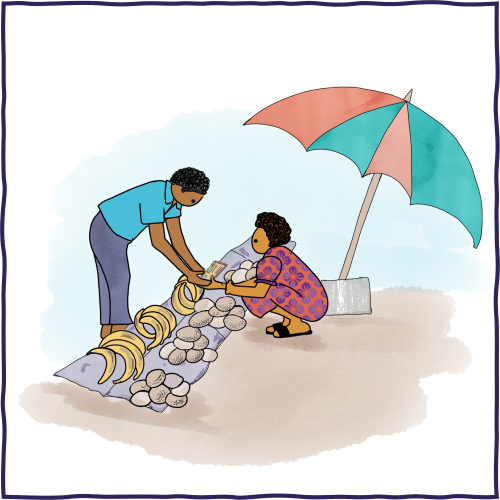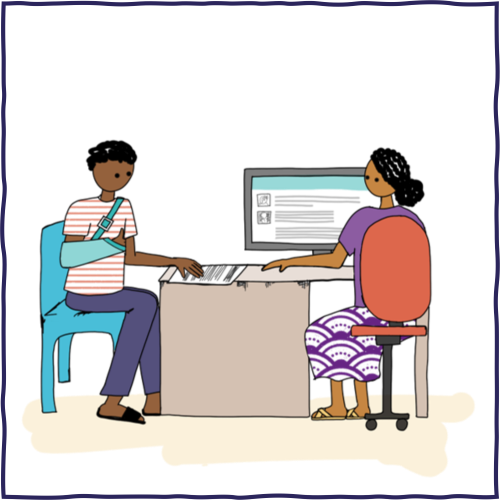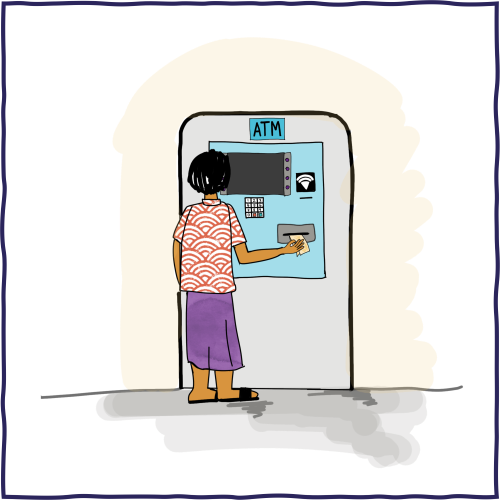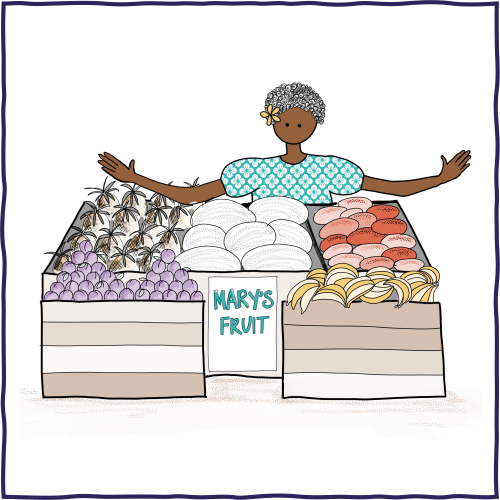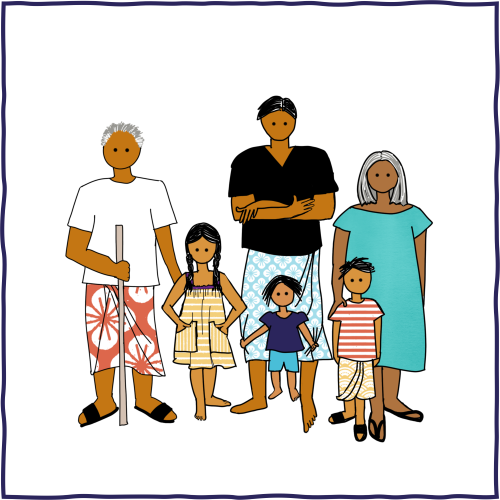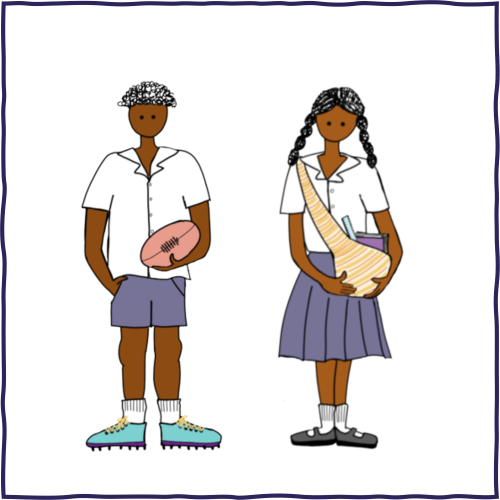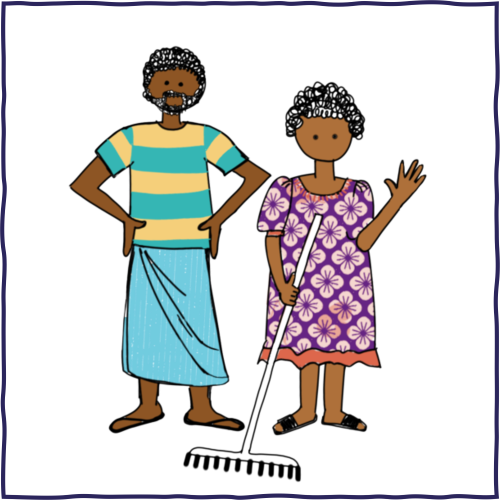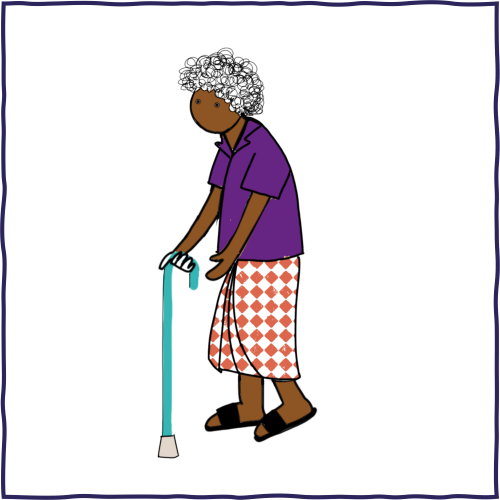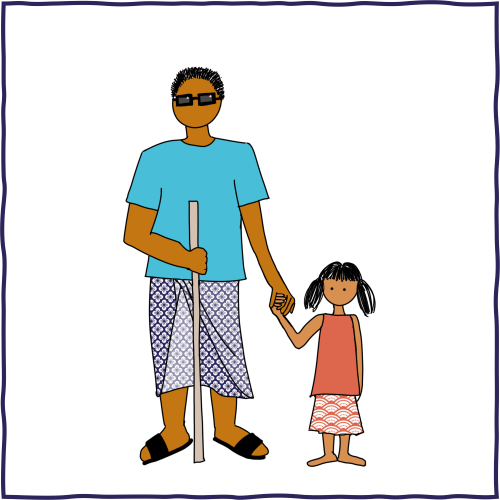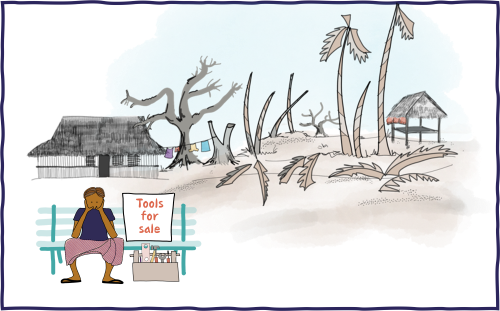Why is social protection important?
Now we will look at the impacts of social protection and how it can help people throughout their life, including in times of disasters.
Social protection helps individuals and families to look after themselves and protect themselves from poverty. We all have times in our lives when it is harder to work and to have enough money.
Lifecycle social protection
Benefits of regular, predictable social protection
Pay for the things we need such as food and power
Access services like health and education
Save money
Start a business
Contribute to our family and community
Social protection can improve social outcomes
Global evidence shows that good social protection programs can help improve social outcomes
Children's health, nutrition and growth
Children's education (including girls' education)
Gender equality
Social inclusion for other vulnerable populations
Disability inclusion
Social protection during shocks
Many countries have used social protection like cash transfers to respond to disasters such as COVID-19, tropical cyclones, and volcanic eruptions.
Giving people money during a disaster means that:
People can keep buying food and things they need.
People who work can still go to work.
People are less likely to resort to negative strategies like selling assets to get money.
Climate change and social protection
The Pacific faces ongoing shocks and disasters. Climate change is adding to the region’s risk level.
Social protection systems can be used to help people manage climate change and other risks, including helping them to prepare, respond and recover from shocks.
Social protection can also help communities and boost local economies.
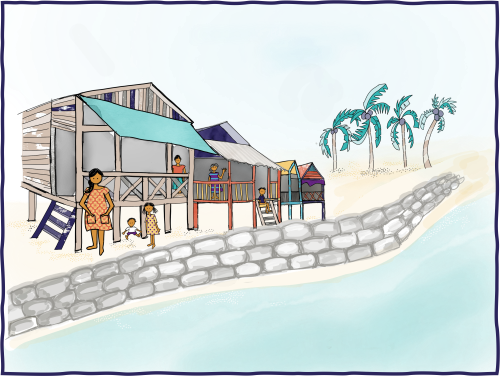
Multiplier effect
In some countries, there is evidence that for every dollar invested in social protection, more than a dollar is made from local markets – this is what we call the ‘multiplier effect’.
Mythbuster
There are lots of myths and perceptions related to social protection that you may have heard before.





